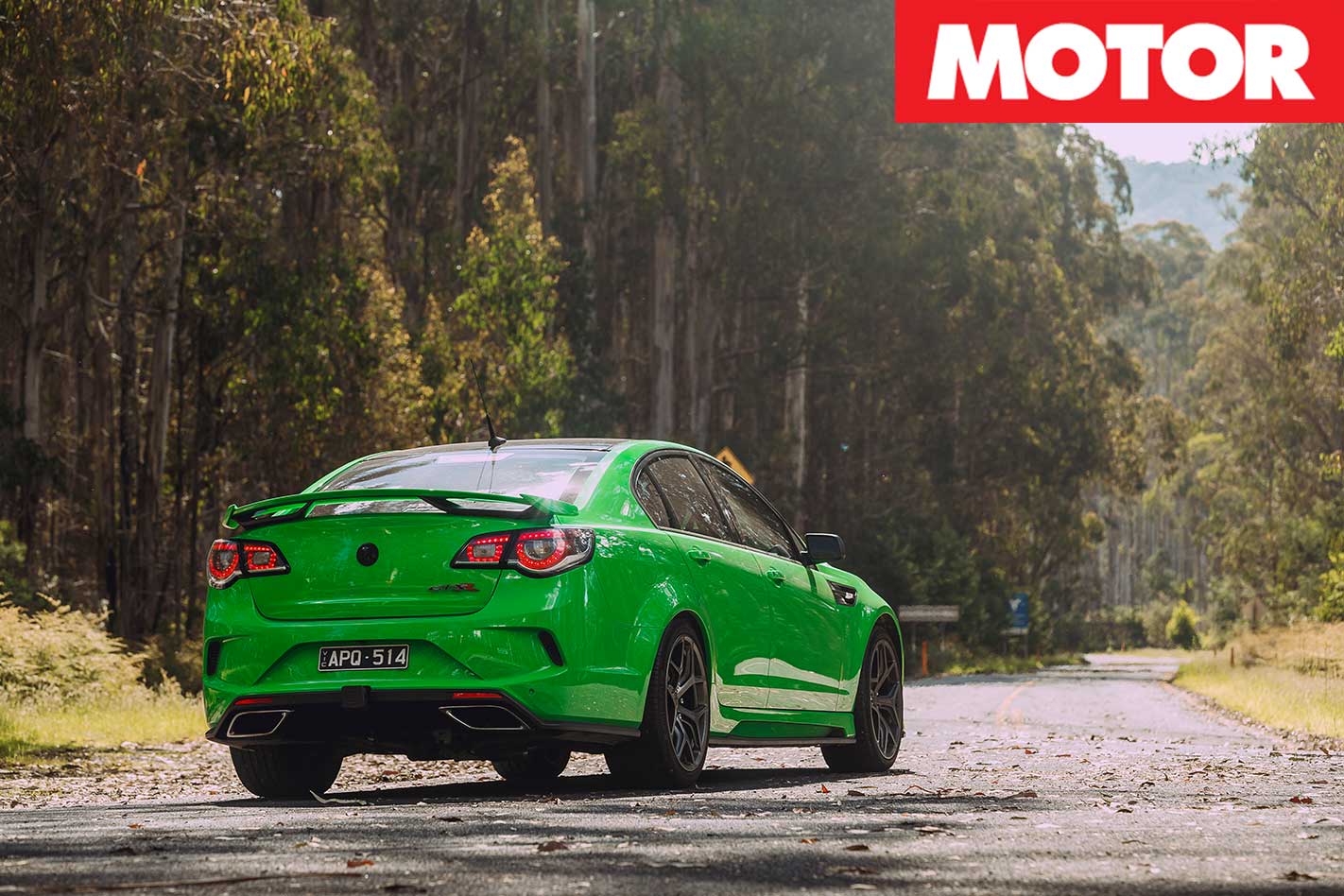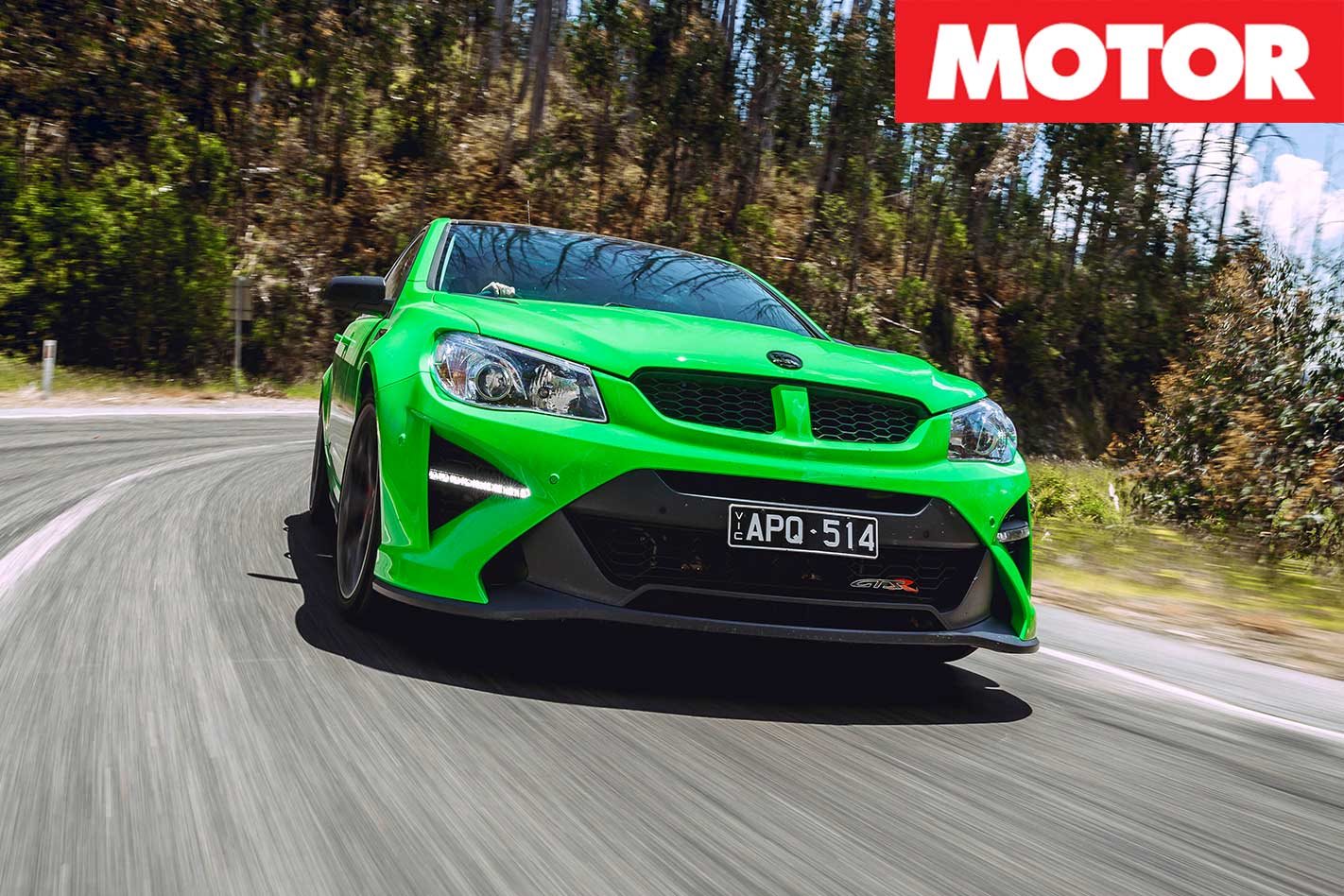One of the most difficult decisions anyone must make is when to retire.
Whether you’re an elite sportsperson facing the prospect of ever declining skills and athleticism or John or Jane Smith simply working out how long you need to keep toiling in order to make the finances last, knowing the right time to call it quits is a tricky balancing act.
Of course, not everyone has the luxury of choosing their own terms. Just as many workers in the Australian automotive industry have been required to transition their skills into other areas or face irrelevance, HSV has been forced into a similar upheaval.
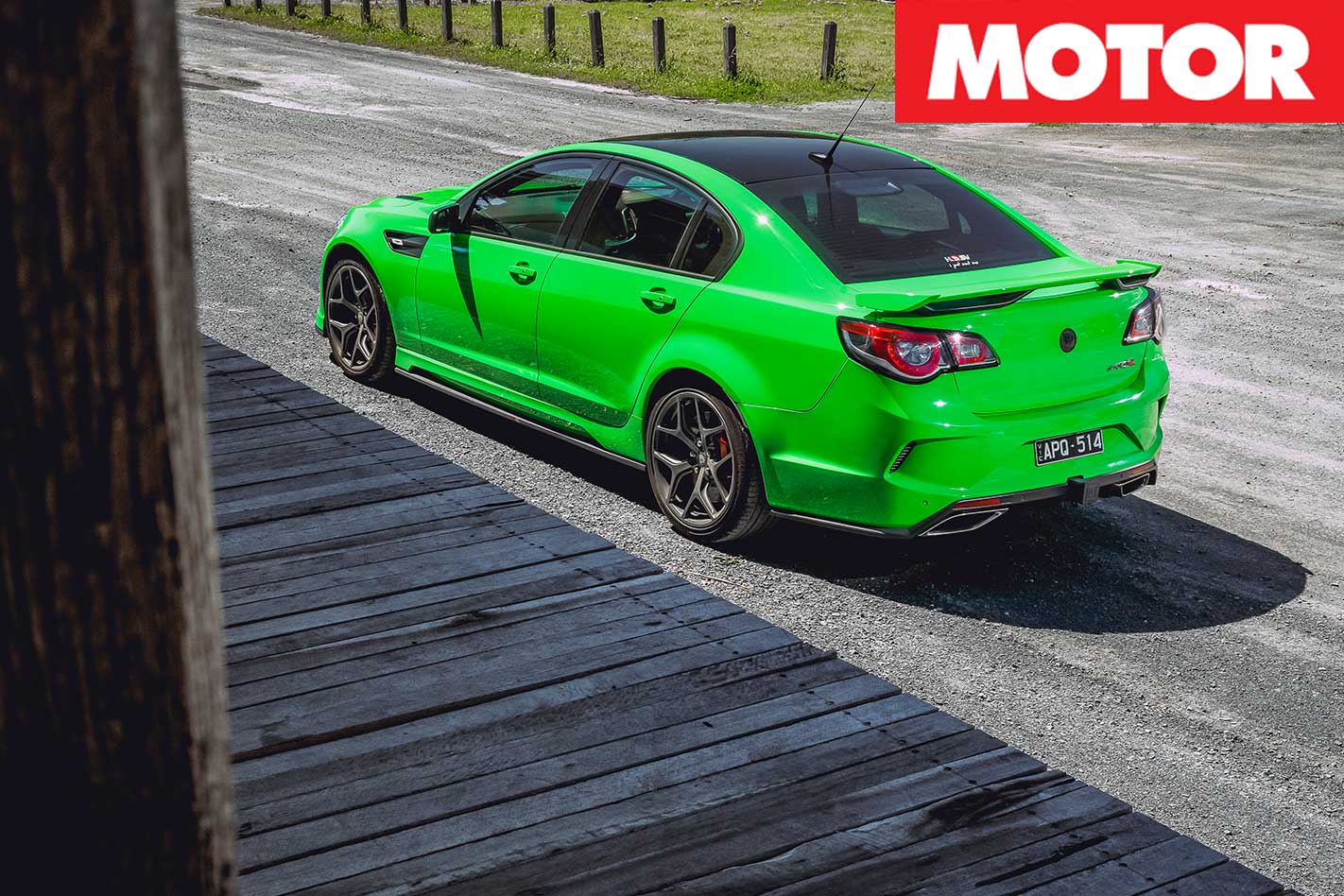
So much of the press and coverage regarding HSV’s final offering has been centred on the W1 and deservedly so, for as an engineering project it’s one of the biggest the company has ever undertaken. But in all the hoopla surrounding the 474kW LS9-engined monster the regular GTSR has been somewhat forgotten, which is a shame.
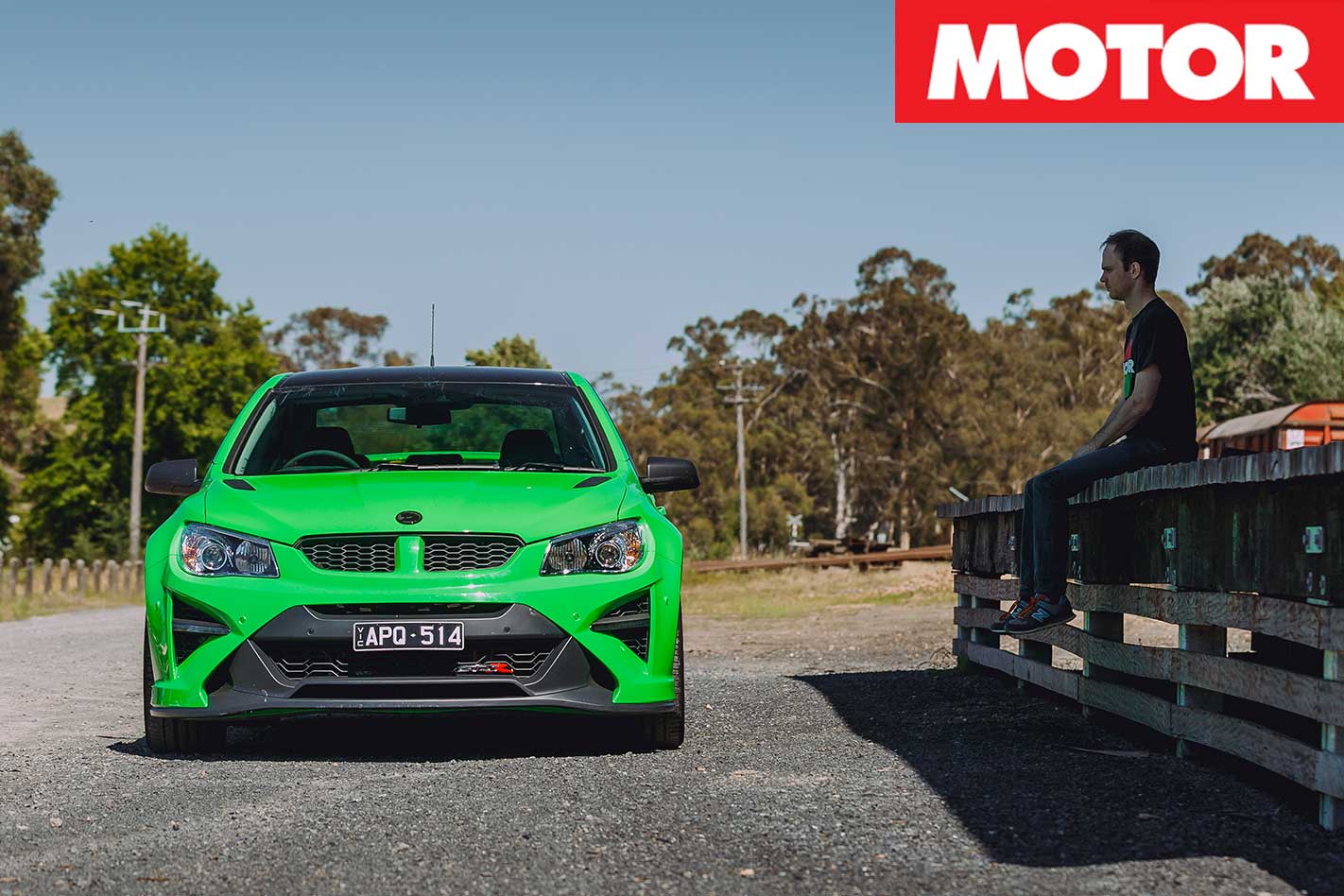
This tale starts at the racetrack. It’s an appropriate venue to begin as not only is the HSV story inexorably intertwined with racing, it’s also where it began. It may not have been badged as such, but the VL SS Group A Walkinshaw was the first product from Holden’s new hot-shop following the bitter and public split with Peter Brock.
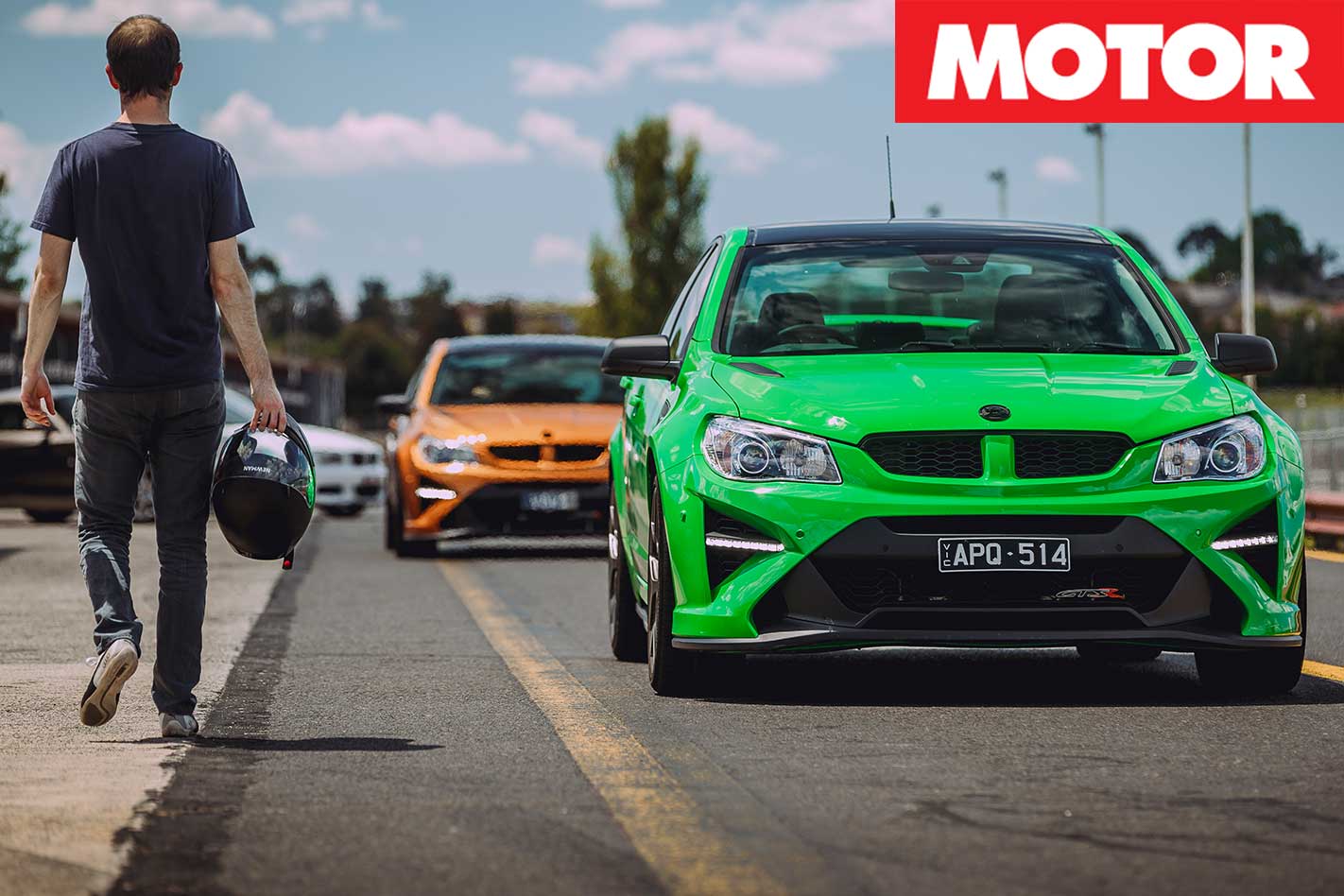
Sandown Raceway was a relatively happy hunting ground for the Walkinshaw, Larry Perkins scoring a brace of second places in 1988 and 1989 before breaking through with victory in 1992 and the GTSR feels equally at home. Unkindly, but accurately, described by some as “two drag strips connected by a couple of squiggles”, Sandown plays to the big HSV’s strengths – big power and big brakes.
There may only be a token 5kW bump in power, but 435kW/740Nm are still very large numbers and the 6.2-litre supercharged LSA V8 is unrelenting in its urge, propelling two tonnes (with fuel and driver) well north of 200km/h on both straights with nonchalant ease.
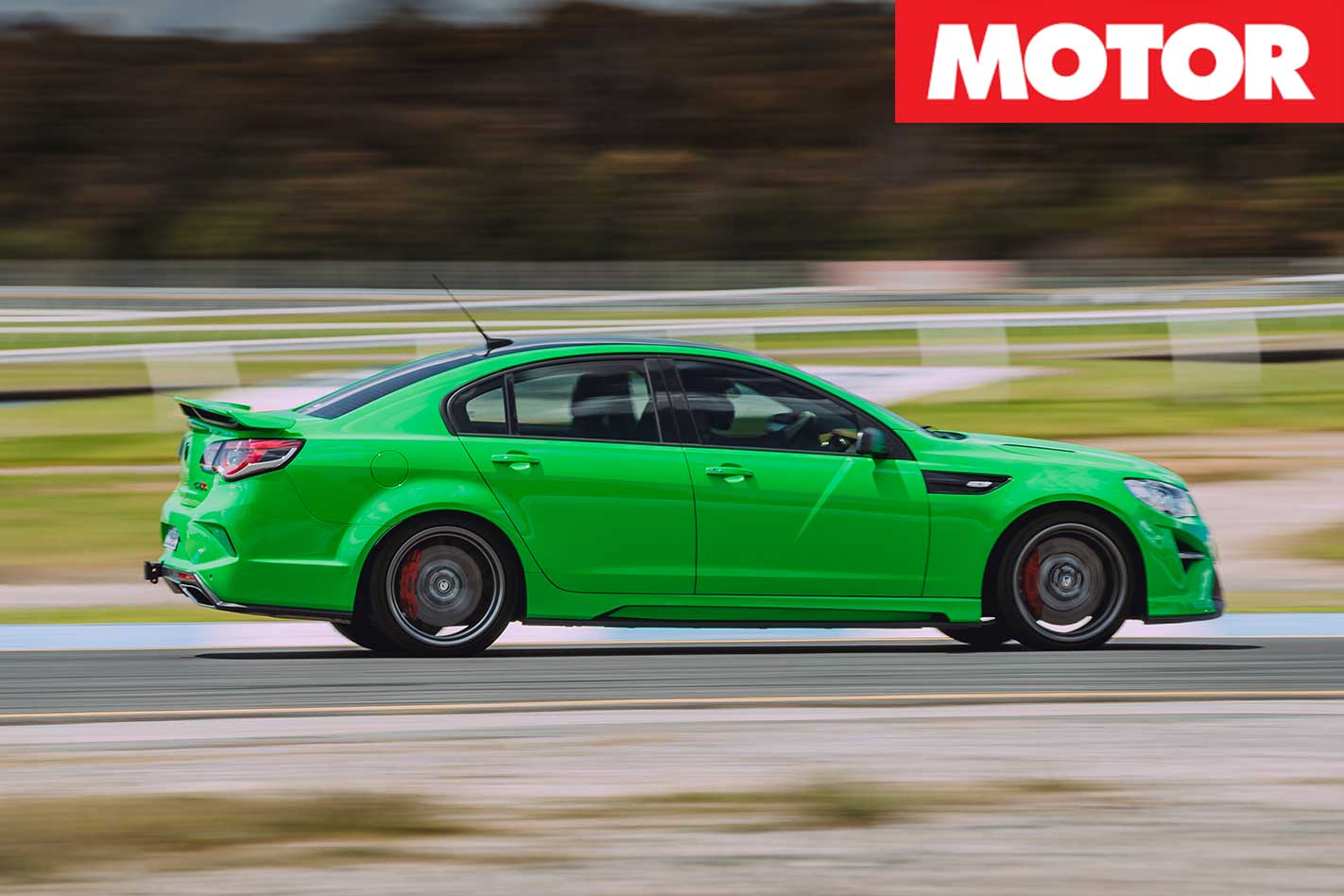
Once again AP Racing supplied the hardware and HSV engineering boss Joel Stoddart explains the appeal: “We’ve got a really good working relationship with [AP Racing]. We’ve got a steady engineering base and they’ve got a fairly steady engineering base, so those guys have been working together a long time and understand our requirements. The size of the company is right in the sweet spot in terms of volumes and levels of performance; if you went to a major OEM supplier our volumes don’t support that”.
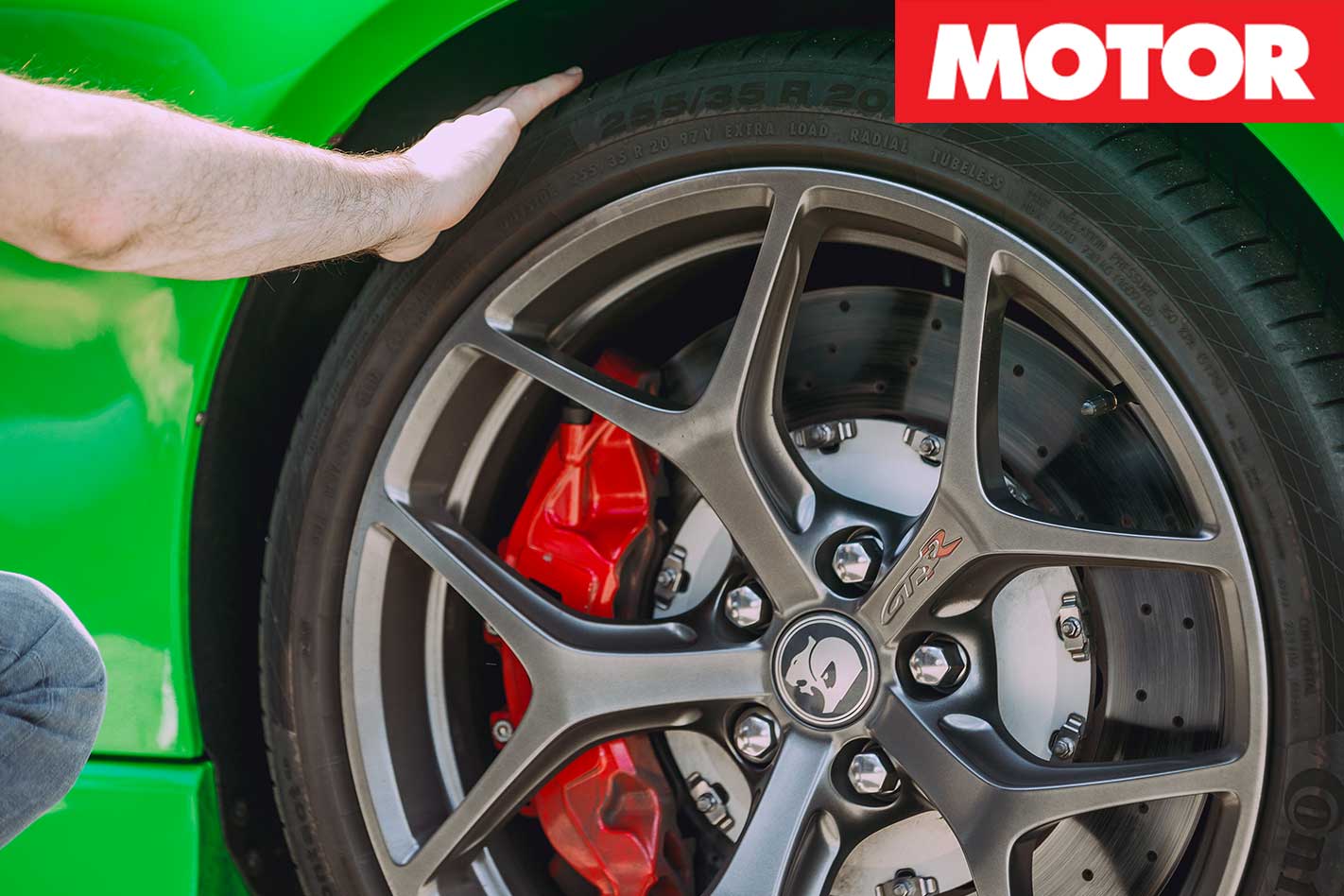
Continental has been HSV’s tyre partner for the entire Gen-F run (bar the W1) and while the ContiSportContact 5Ps are brilliant in the wet and offer great grip and progression in the dry (it’s not our 2017 Tyre Test champion for nothing!) the wear rate can be very high, especially when you’re dealing with a heavy, powerful car, a racetrack and temperatures in excess of 30C.
Under heavy braking it’s not hard to trigger the ABS, circumspection is needed on turn-in to prevent the heavy LSA dragging the nose wide and patience required on the throttle to ensure as many of those 435kW are transferred to the tarmac as possible.
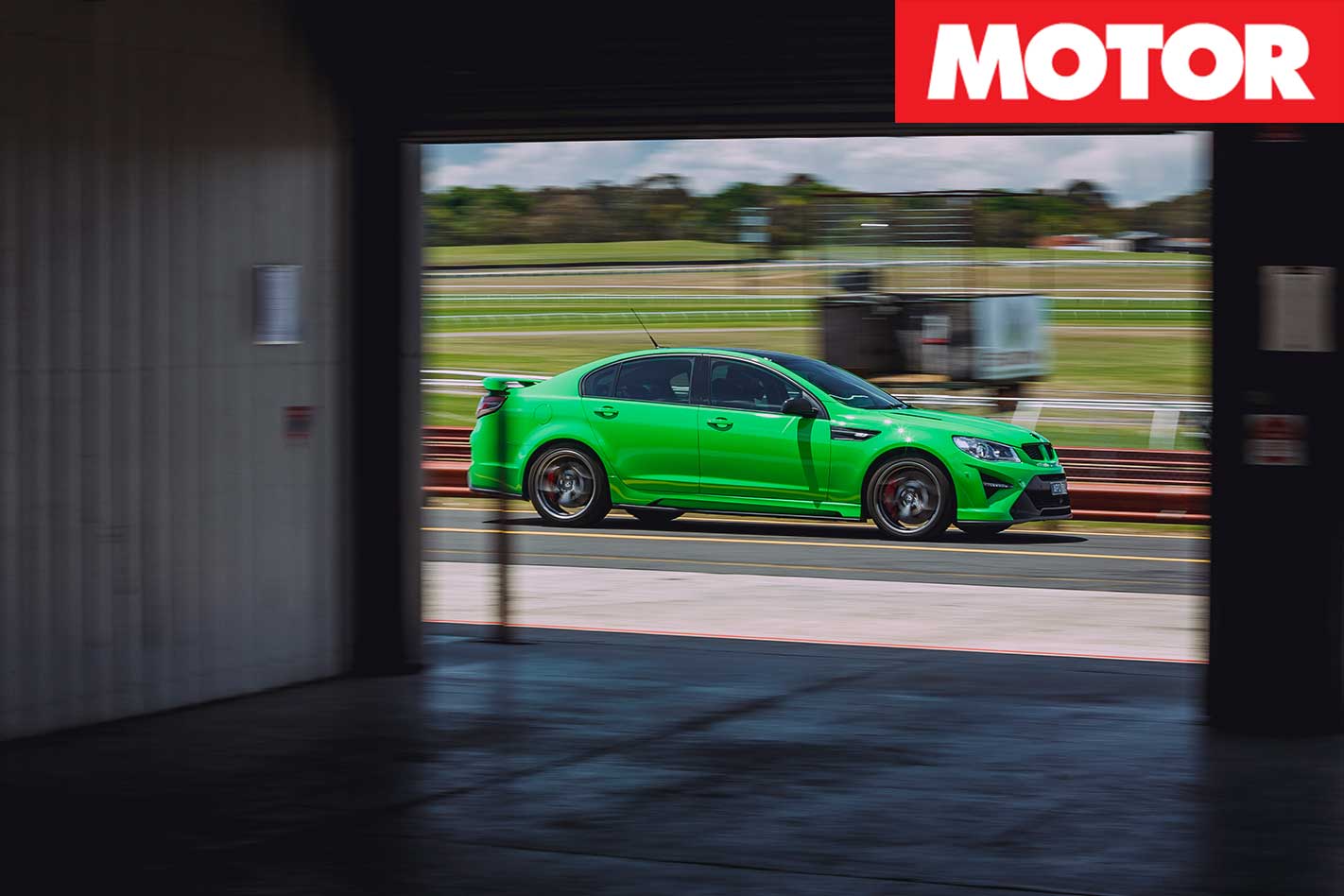
This is no slight on the Continental, it’s not intended to be a track-biased tyre, merely a comment that if you’re planning on tracking your GTSR – and you should, like the bloke exercising his W1 during our time at Sandown – it might pay dividends to have a dedicated set of rims and tyres. Our test car has been taken from one of HSV’s executives, the press fleet having long been re-allocated, and as a result we’ve been asked to limit laps, so we reluctantly depart Sandown for greener pastures.
Our chosen route is a well-worn one – east from Melbourne to Healesville, through the Black Spur and on to Marysville, climbing towards Lake Mountain before descending back down Reefton Spur, a 250km loop that incorporates virtually every type of corner and road surface.
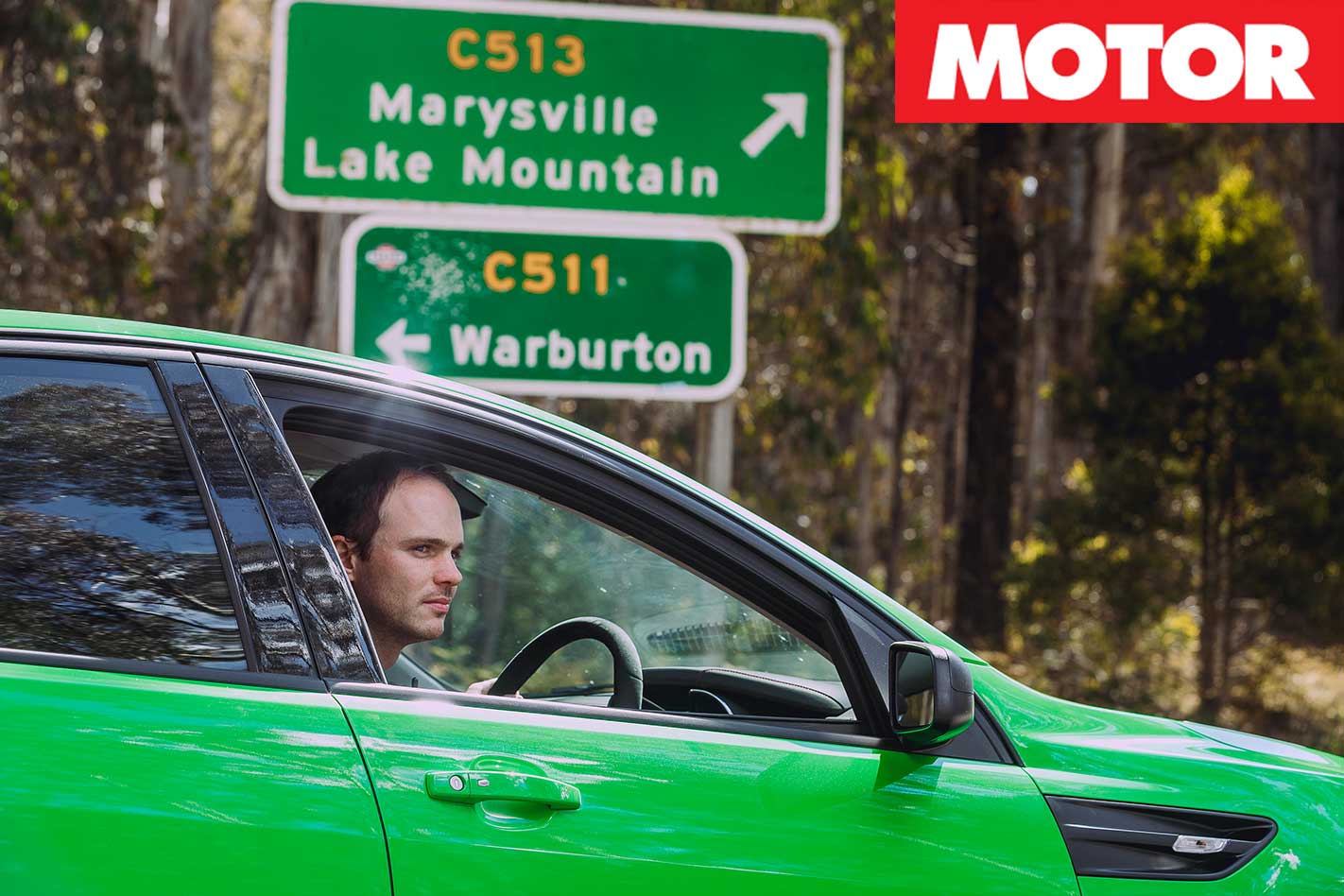
HSVs have always managed a reasonable compromise between handling agility and touring comfort, but the addition of adaptive suspension allowed a greater breadth of ability than ever before.
It took a little while for HSV to really nail the setup – that first E-Series GTS came 18th in the 20-strong PCOTY 2006 field – however, certainly by the time the Gen-F rolled around the trick dampers were a crucial part of being able to soak up the worst Aussie roads could throw up while also harnessing 430kW/740Nm on a track.
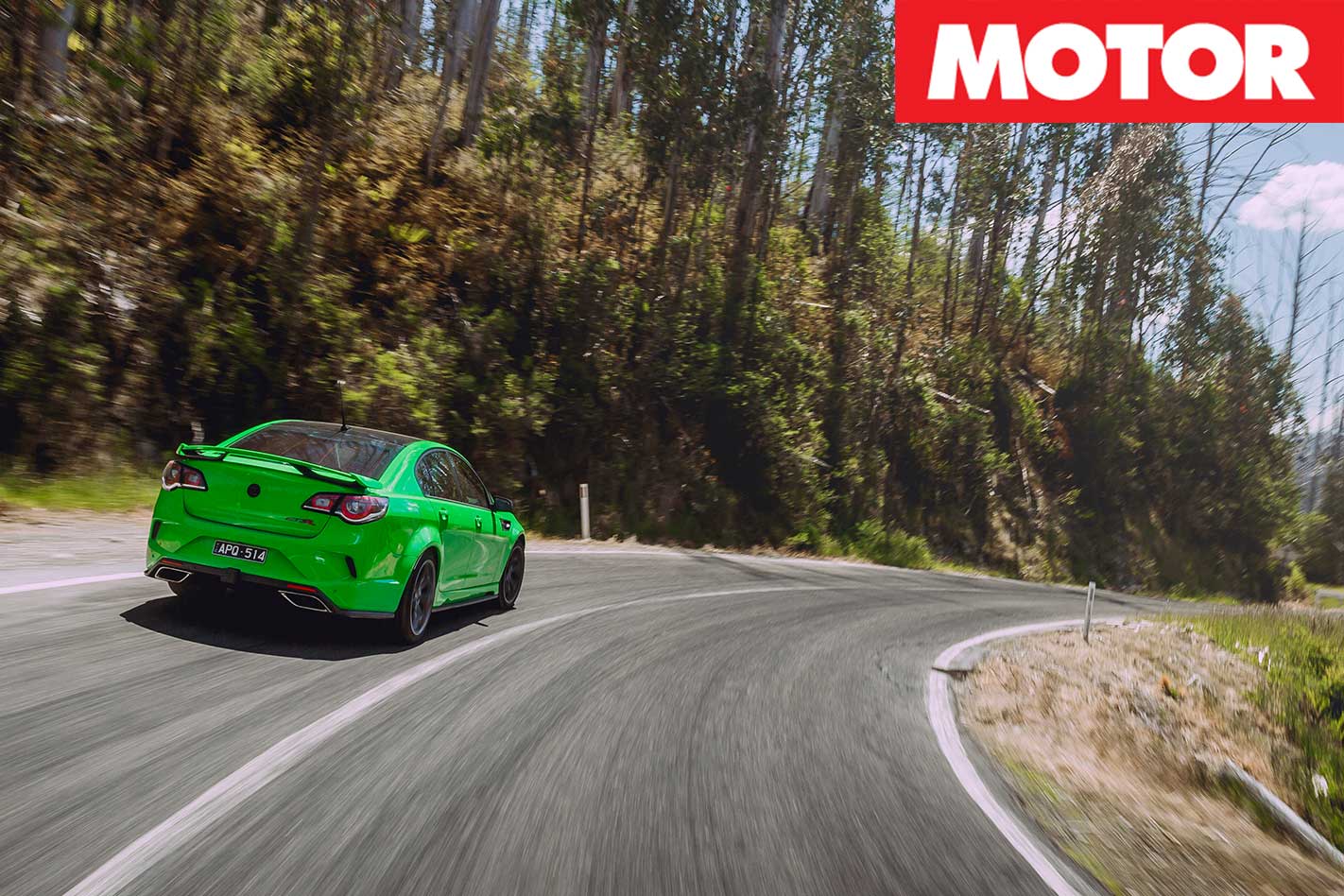
The GTSR doesn’t possess the same Al Bundy levels of relaxation as previous GTSs, but it’s still more than comfortable enough to operate as everyday family transport, not something that could be said of the super-focused W1 (though at least you’d be unlikely to hear the kids’ complains over the roar of the LS9).
Sport also lightens the steering and muffles the exhaust, at least until a big prod of the accelerator opens the bi-modal exhaust valves with a chooff.
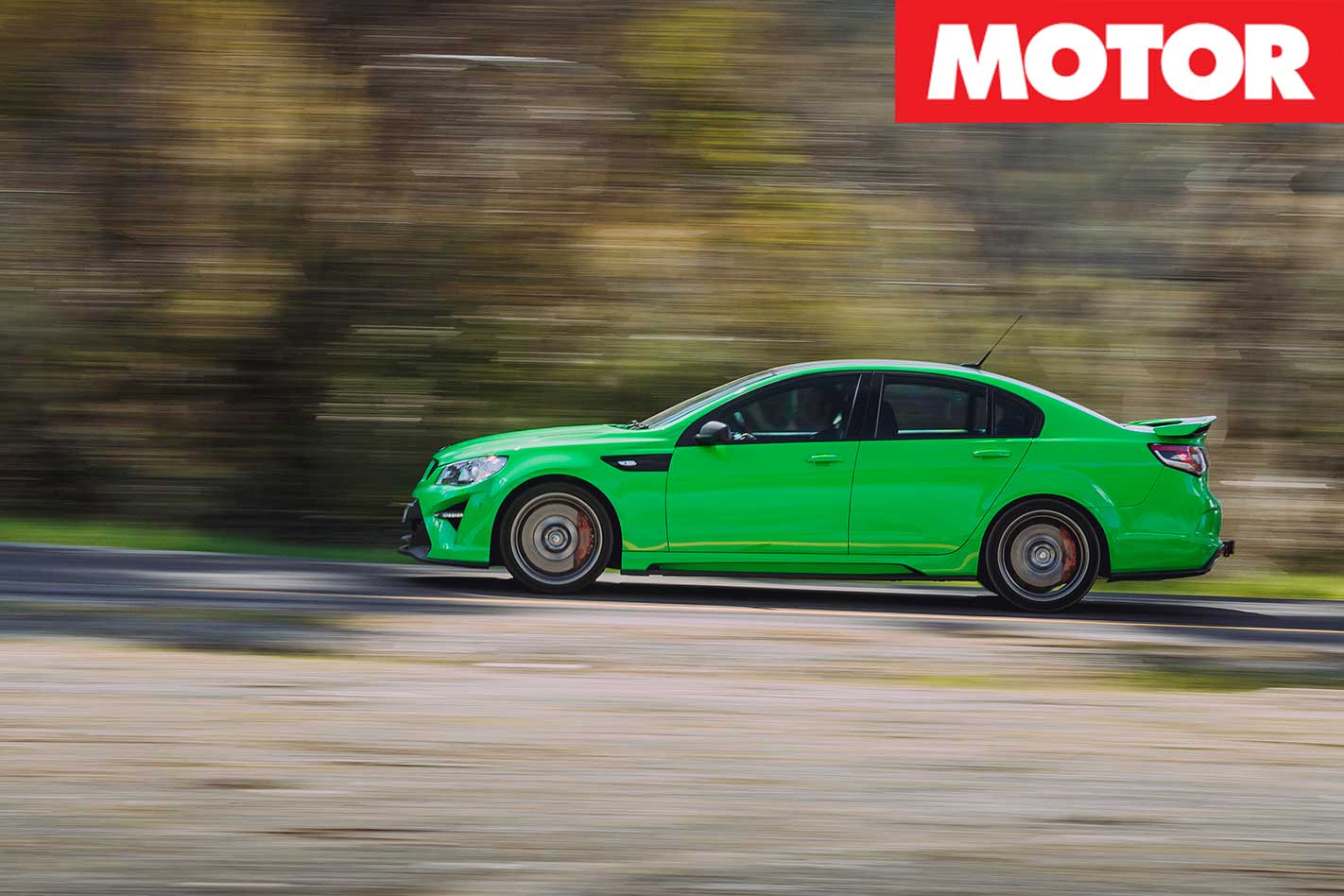
The 6L90E six-speed automatic isn’t exactly cutting edge in this age of ever-decreasing shift times and ever-increasing ratio counts but it still performs well in this application. Its Performance shift logic is impressively intuitive and if you take control with the paddles requests are usually answered fairly promptly. Manual or auto? Flip a coin, really, depending on how you’ll use the car. The manual has longer initial ratios, but closer overall gearing, so it’s probably the pick if you’re going to drive hard regularly.
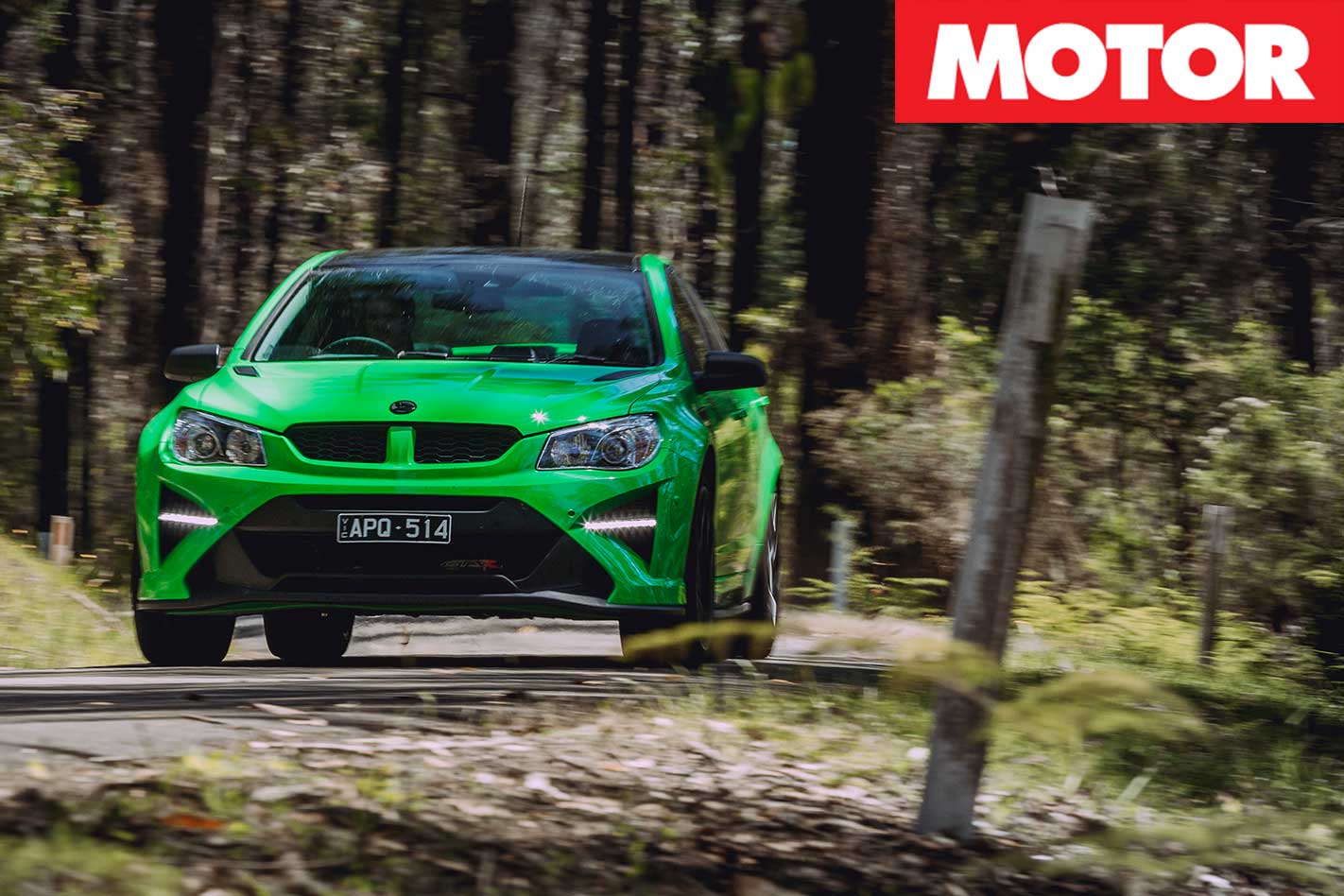
The GTSR chassis is more or less identical to the regular GTS bar one small, but important tweak. Wheel width is increased by a half-inch at both ends and a 6mm increase in front track led to a decrease in offset from 36mm to 33mm. It also necessitated a move to wider plastic front guards, again lifted from the W1 program to help amortise development costs across more than 300 cars.
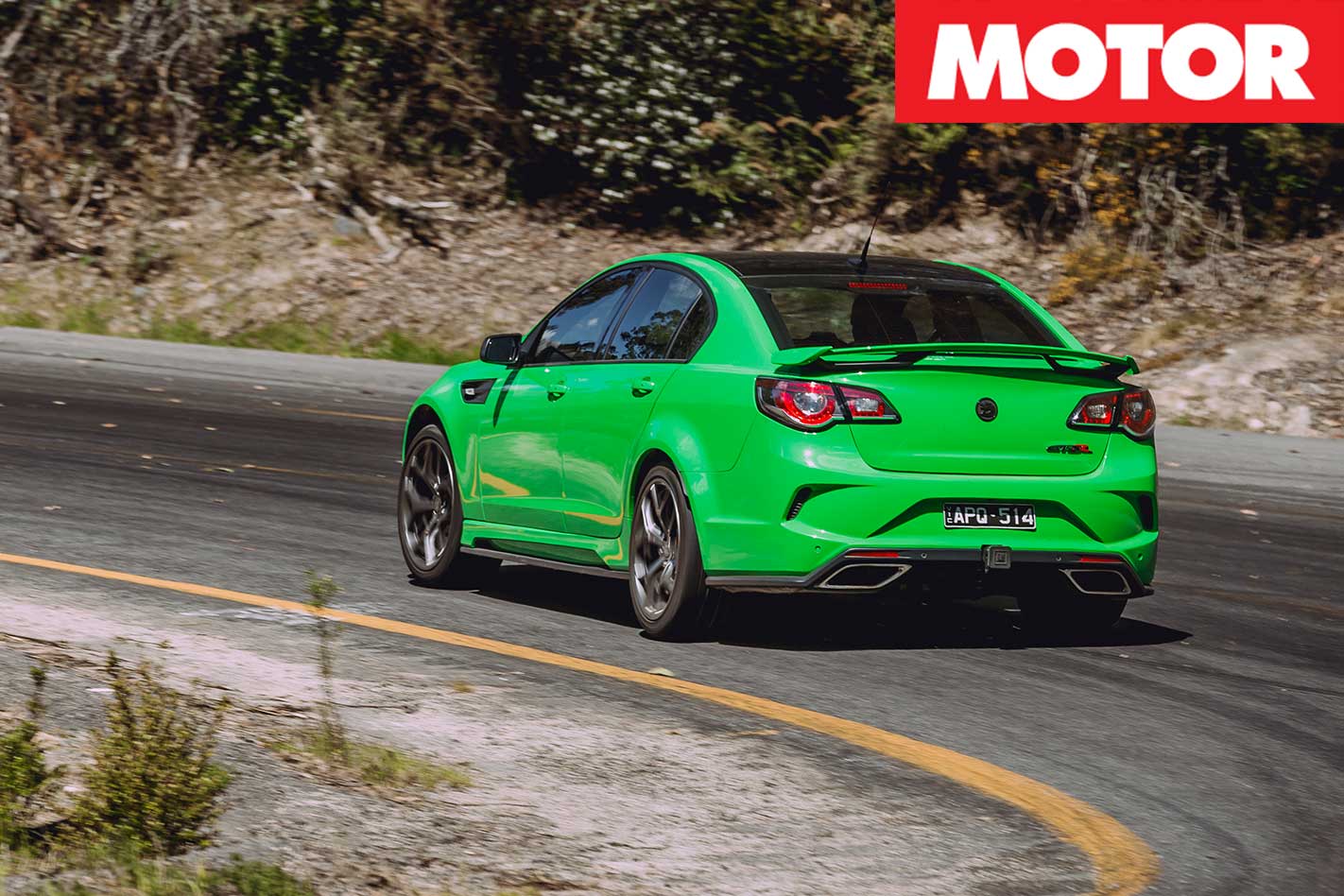
The revised steering is the final piece in a finely-honed dynamic puzzle and, in the context of a four-door Aussie muscle car, leaves you scratching your head as to how it could be bettered. Sure, the interior can’t match the German premium opposition (though the diamond-quilted Podium seats are ace), but it’s way less than half the price. Some will baulk at an Aussie car wearing a $110,000 price tag, but given the mechanical revisions and updated styling, not to mention its last-of-the-line status, it feels worth the $10K premium over a regular GTS.
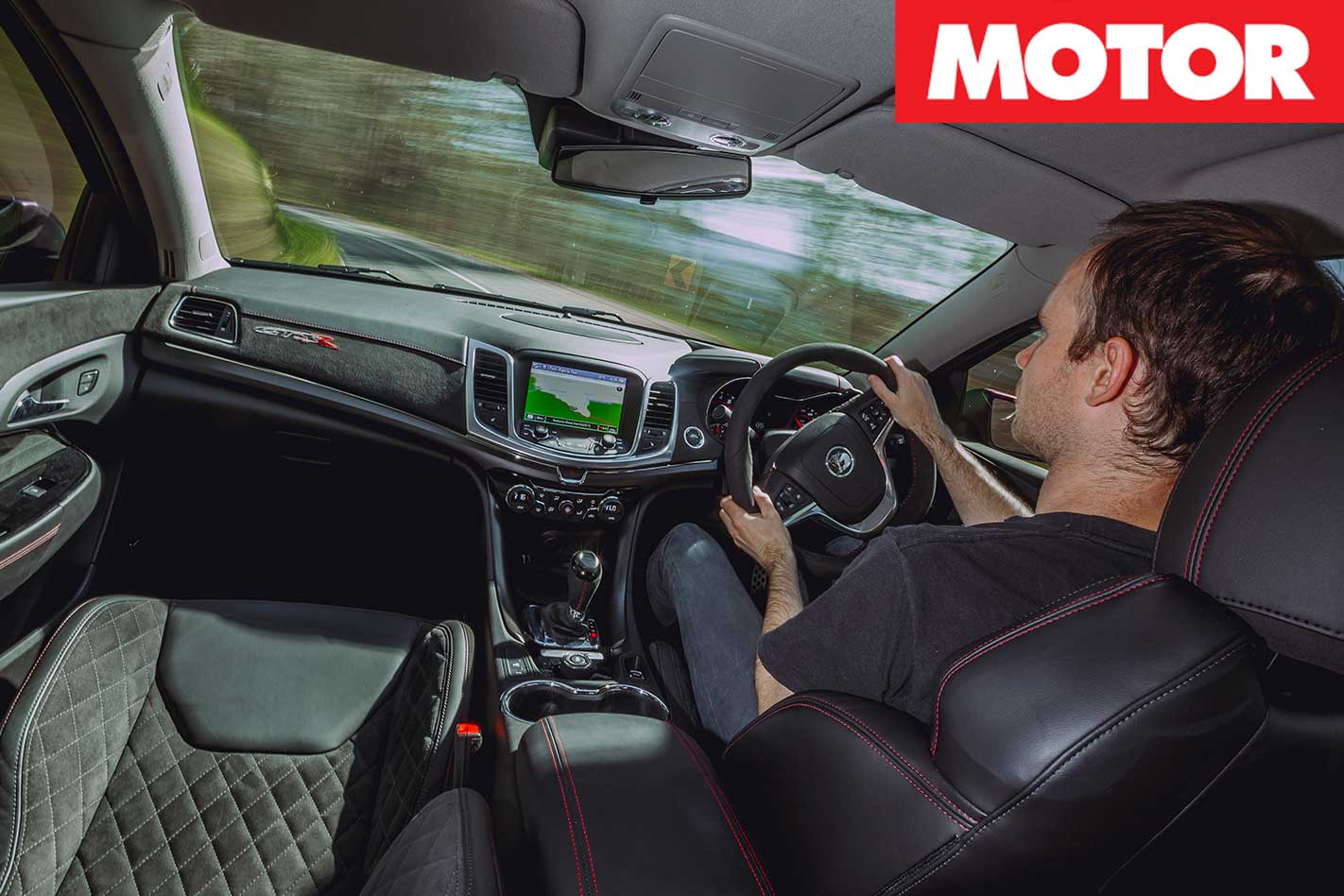
As such, HSV’s Commodore-based products are retiring at the perfect time. HSV has stretched the Zeta platform, introduced in 2006, to its very limits, finessing it to the nth degree. Without major engineering revisions it’s difficult to see how it could be improved further.
Consider this: in 2006 the VE GTS produced 307kW/550Nm and recorded 0-100km/h and 0-400m sprints of 5.5sec and 13.7sec respectively. The GTSR, using essentially the same platform, packs 435kW/740Nm and knocks 1.5sec off both those benchmarks. Around Winton, even accounting for track improvements the difference would be at least five seconds – probably more.
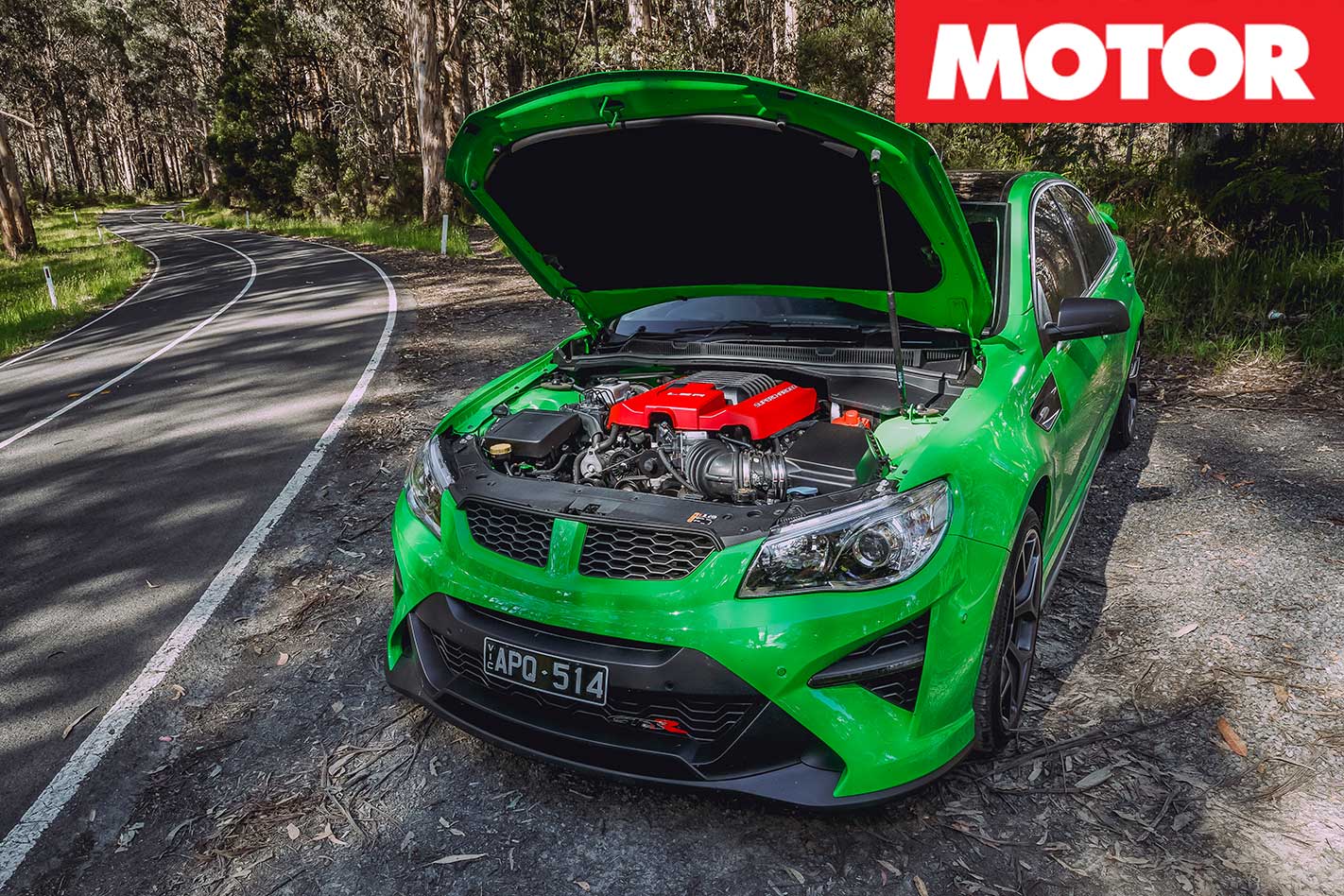
Congratulations on one hell of a career.
